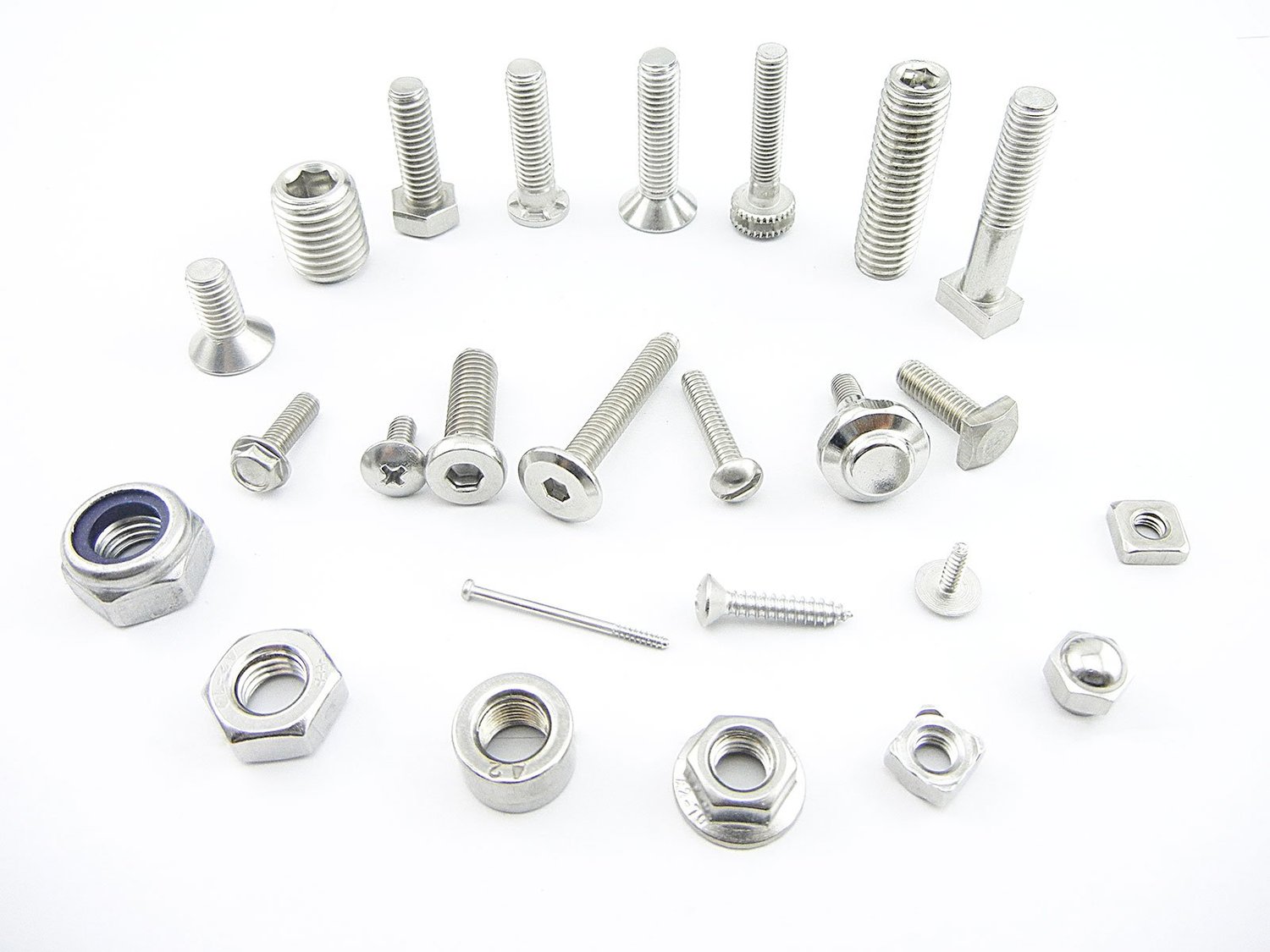Hardware standard parts: A Comprehensive Guide
When it comes to building, repairing, or upgrading any kind of machinery or equipment, having the right hardware standard parts is crucial. These standardized components are designed to fit and function in a wide range of applications, ensuring compatibility and ease of use. In this article, we will explore the various aspects of hardware standard parts, their importance, and how they can benefit different industries.
1. What Are Hardware Standard Parts?
Hardware standard parts refer to pre-fabricated components that conform to established industry standards. These parts are commonly used in manufacturing, construction, automotive, and various other industries. Examples of hardware standard parts include screws, bolts, nuts, washers, hinges, and connectors.
2. The Importance of Standardization
Standardization in hardware parts is crucial for several reasons. Firstly, it ensures compatibility between different components, allowing for easy assembly and interchangeability. This reduces the time and effort required for repairs and maintenance. Secondly, standardization promotes cost-effectiveness by enabling bulk production and reducing the need for custom-made parts. Lastly, it simplifies inventory management as standardized parts can be readily sourced from multiple suppliers.
3. Advantages of Using Hardware Standard Parts
There are several advantages to using hardware standard parts in various industries:
a) Interchangeability: Standardized parts can be easily replaced or interchanged, reducing downtime and increasing productivity.
b) Compatibility: With standardized dimensions and specifications, hardware standard parts can be used across different equipment and machinery, saving time and resources.
c) Cost Savings: Standardized parts are mass-produced, resulting in lower manufacturing costs. This translates to cost savings for businesses and consumers.
d) Availability: Since hardware standard parts are widely used, they are readily available from numerous suppliers, ensuring a steady supply chain.
4. Common Types of Hardware Standard Parts
Let's take a closer look at some common types of hardware standard parts:
a) Screws and Bolts: These fasteners are used to hold components together and come in various sizes, materials, and thread types.
b) Nuts and Washers: Nuts are used in conjunction with screws and bolts to secure them in place. Washers provide additional support and distribute the load.
c) Hinges: Hinges are essential for doors, cabinets, and other moving parts. They come in different designs, including butt hinges, continuous hinges, and pivot hinges.
d) Connectors: Connectors such as electrical connectors, plumbing connectors, and pneumatic connectors are used to join different parts or systems together.
5. Industry-Specific Hardware Standard Parts
Hardware standard parts are used across a wide range of industries. Here are some examples:
a) Construction: Construction industries rely heavily on standardized fasteners, connectors, and hinges for building structures, installing fixtures, and assembling components.
b) Automotive: Hardware standard parts play a crucial role in automotive manufacturing, repair, and maintenance. From engine components to interior fittings, standardized parts ensure compatibility and reliability.
c) Electronics: In the electronics industry, standardized connectors, screws, and other components are used for assembling circuit boards, securing components, and creating reliable electrical connections.
6. Standards Organizations
Several organizations play a key role in establishing and maintaining hardware standardization. These include:
a) International Organization for Standardization (ISO): ISO develops and publishes international standards for various industries, including hardware standard parts.
b) American National Standards Institute (ANSI): ANSI is responsible for developing and promoting standards within the United States, covering a wide range of industries.
c) European Committee for Standardization (CEN): CEN is an organization that focuses on developing European standards for hardware parts and other industrial sectors.
7. Considerations for Choosing Hardware Standard Parts
When selecting hardware standard parts, there are a few key considerations to keep in mind:
a) Material: The choice of material should be based on the specific application and environmental factors such as corrosion resistance, strength, and temperature tolerance.
b) Dimensions: Ensure that the dimensions of the hardware part match the requirements of the equipment or machinery you are working with.
c) Load Capacity: Consider the load-bearing capacity of the hardware part to ensure it can withstand the forces it will be subjected to.
8. Sourcing Hardware Standard Parts
Hardware standard parts can be sourced from various suppliers, including:
a) Hardware Stores: Local hardware stores often carry a wide range of standardized parts that cater to different industries and applications.
b) Online Suppliers: Numerous online platforms specialize in supplying hardware standard parts, offering a vast selection and convenience.
c) Manufacturers and Distributors: Many manufacturers and distributors focus on producing and supplying standardized parts to industries.
9. The Future of Hardware Standard Parts
As technology continues to advance, the demand for hardware standard parts is expected to grow. With the rise of automation, robotics, and IoT devices, standardized components will play an increasingly important role in ensuring seamless integration and compatibility between different systems.
10. Conclusion
Hardware standard parts are the backbone of many industries, providing compatibility, cost-effectiveness, and ease of use. By adhering to established standards, businesses can streamline their operations, reduce costs, and improve productivity. Whether it's construction, automotive, or electronics, hardware standard parts are essential for efficient and reliable machinery and equipment.

